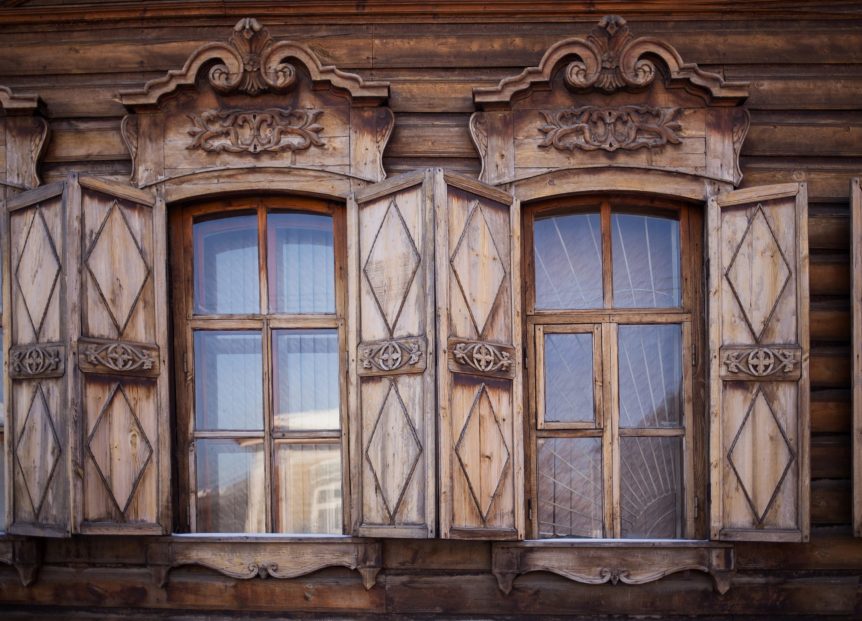A big topic of discussion – timber verses uPVC.
Looking to replace the windows and doors on your home? We talk you through what to consider and where to start.
Timber or uPvC?
What people might not realise is that timber now provide all the conveniences and boundless options as uPVC. Advancements mean you can have your timber frames without compromising on practicalities.
Listed
Timber frames are a classical must-have for older and listed properties. Some authorities have stipulations when a property is listed, depending on grade. The purpose being to preserve historical architectural features.
Authorities do allow window and door replacement for the purpose of renovation or restoration but there will be restrictions on the style and material that you wish to use.
It’s Highly unlikely that you will be allowed to use uPVC on your listed property.
Energy efficiency
Timber frames can offer the same insulation and energy efficiency as UPVC windows. They’re very low thermal conductivity means they are a great option for reducing heat loss and energy costs in the home. Stylish and cost effective!
Additionally, internal low conductivity spacer bars mean that your timber frames can also combat condensation occurring on the inside pane.
Custom Design
Timber frames, unlike UPVC, are highly customisable in colouration. Which means you can design your windows to meet your own needs and desires.
Frames can be painted to match your front door or compliment brick or stonework, improving the overall appearance of your home. The colour possibilities are endless.
White paint colour-way actually accounts for less than half of what we produce today, with our customers preferring modern shades of cream, grey and blue.
We even offer complimentary ranges to well-known paint brands as Farrow & Ball. Our service opens up a world of possibilities and allows the careful co-ordination of windows and doors to the wider interior colour scheme.
Sustainability
Compared to their UPVC counterparts, the production process of creating wooden frames has a much lower impact on the environment. What’s more, quality timber windows will last almost twice as long as UPVC, significantly reducing plastic wastage. Only around 50% of uPVC can be recycled, whereas timber is biodegradable, meaning 100% recyclable.
The BRE (Building Research Establishment) has produced the Green Guide. This is recognised on a wide basis and rates products with what’s called ECO points. These are used against the Code for sustainable homes in order to meet the criteria for Carbon footprint.
In the guide, Timber windows made under the British Woodworking Federation third part accreditation scheme Timber Windows are rated A+. A level of performance above most other Aluminium and plastic PVC windows.
Care and maintenance
Timber windows do not require as much upkeep as you might think and wooden windows have a lifespan of up to 60 years whereas uPVC has 35.
With timber frames, ventilation channels improve air flow which will protect against double-glazing failure and reduces the risk of misting occurring within the system.
Developments in design techniques that minimise water retention and damp penetration, and in microporous paints and stains that allow wood to breathe, mean modern, high performance, timber windows need minimal maintenance.
Security
Made from a powerful and versatile material, timber frames that have been well maintained will be equally as effective as UPVC in protecting your home from intruders and theft.
It’s critical to ensure you opt for a secure locking system which will reinforce the strength offered by your frames. Advanced security locks which wrap around the openers and engage bolts at multiple points ensure that you can trust that your home is safe and secure.
Cost
Value for money is often key when renovating or improving the appearance of a property. Timber window frames offer a clear return on investment due to their longevity, so long as they are properly maintained and cared for.
A longer lifecycle means that purchasing timber windows are an investment which will result in an improved property value and the reduced likelihood of the windows requiring replacing.
Have a Question?


